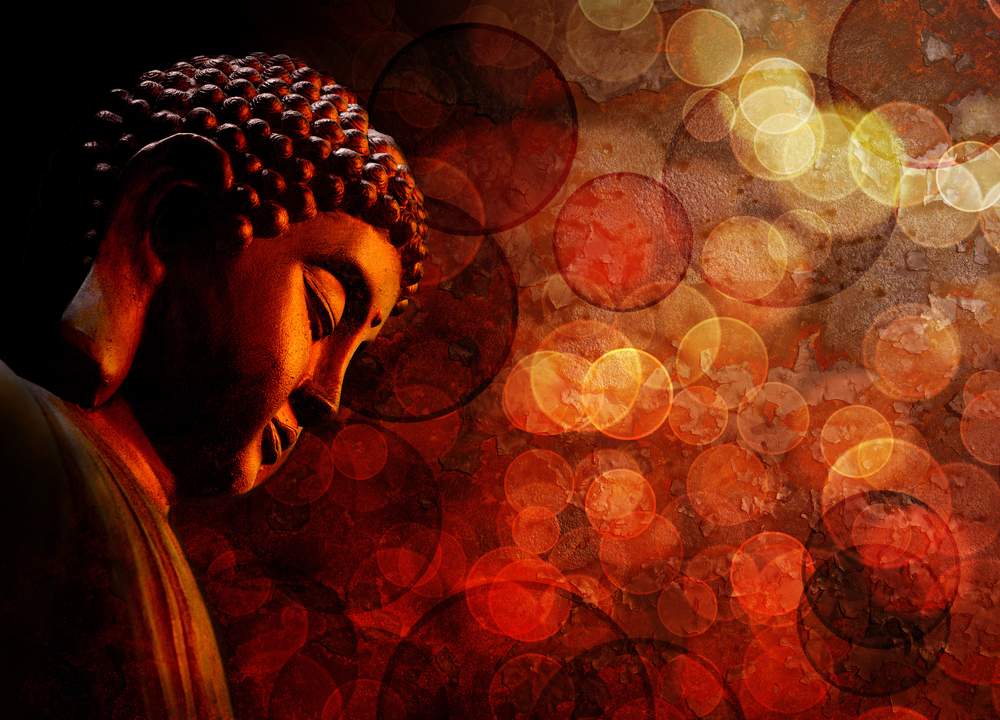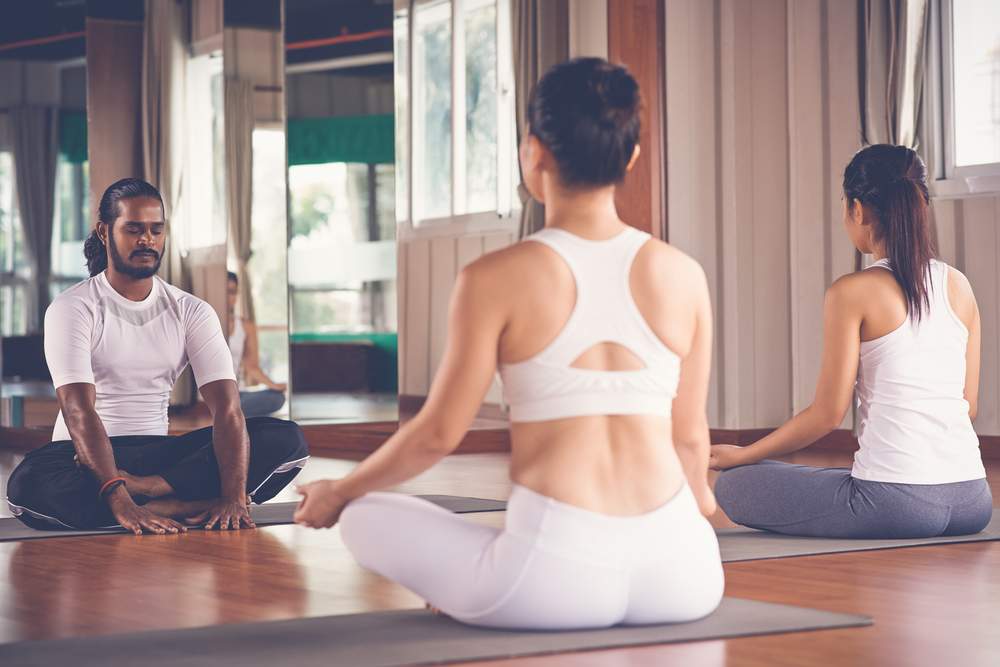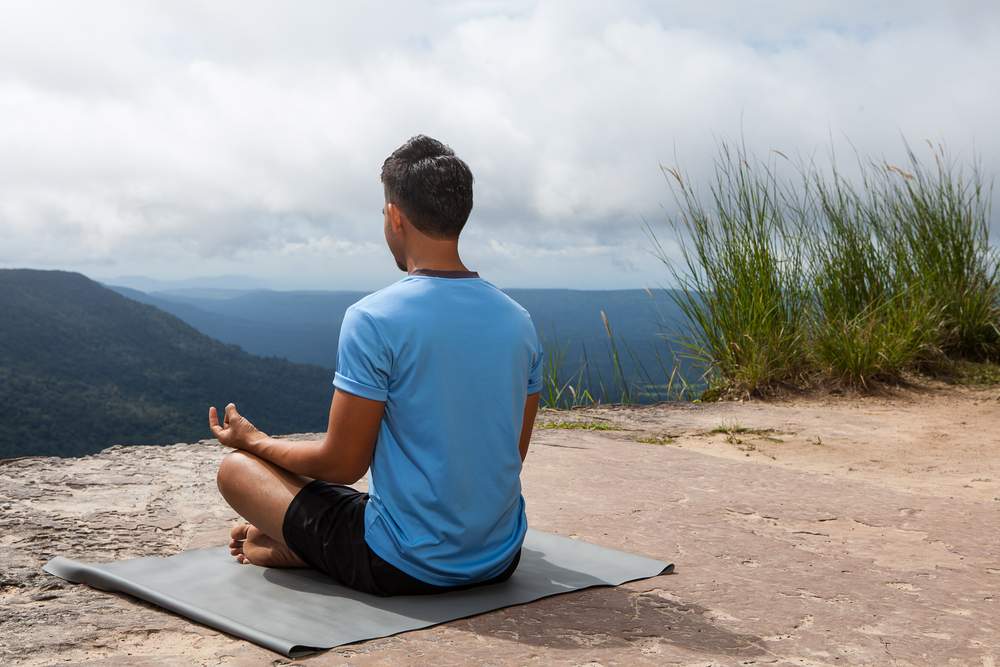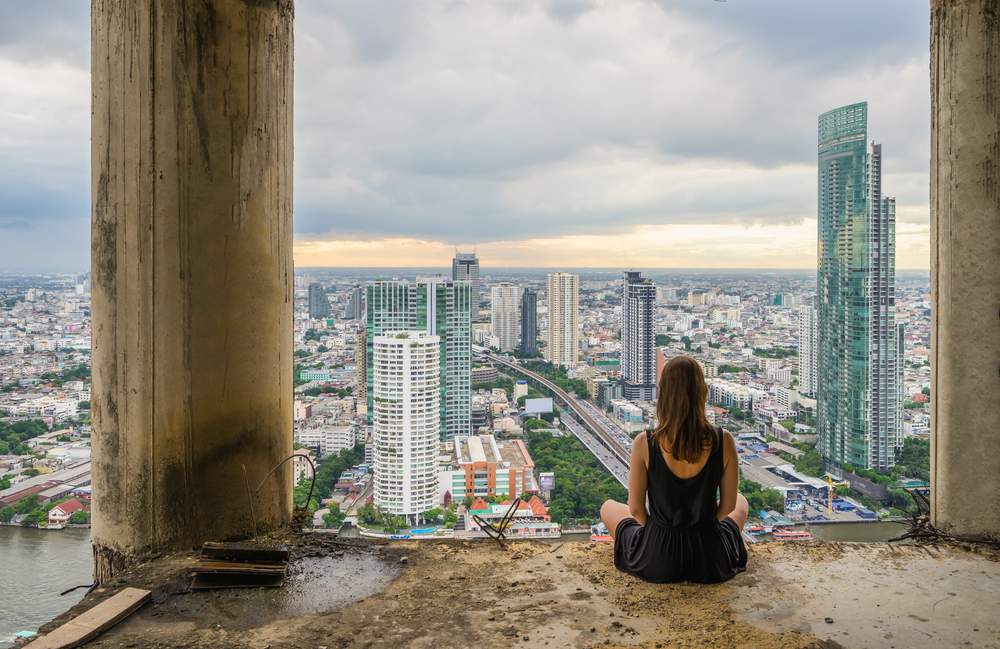So here you are, searching Himalayan hilltops or Thai forests or the overgrown jungle of the World Wide Web, trying to find the best place to take your first serious dive into meditation.
Here are some things to consider and some friendly advice for selecting a place to learn the ancient art of meditation.
What am I getting into?

What will I be doing?

We’ll start with a brief definition of the word “meditation”. Meditation describes a wide variety of physical and mental practices. It can refer to concentration-developing techniques, contemplations, visualizations, body-awareness, energy work, self-enquiry, observational techniques, relaxation, thinking, not-thinking, or even embracing time spent doing nothing. Depending on your intention, some techniques may appeal more than others, and still others may seem like a bunch of hogwash.
Remember, you’ve traveled all this way to receive guidance, so trust in the method the teacher is prescribing and stick to it. Be gentle with yourself, keep a sense of humor and know that you’re not alone. Everyone deals with similar struggles as they learn to meditate. Just because you’ve spent one or two whole days meditating without “success” doesn’t mean the technique is a failure (nor are you).
What do I look for in a meditation center?

- Will you need a chair, a mat, or special padding for meditation?
- Are you a picky eater, or do you have any dietary restrictions (are you vegan, vegetarian, celiac, etc)?
- Are you okay with doing some work around the center as part of your experience?
- Do you want a silent retreat or a more social experience?
Ask yourself these questions, then inquire about the set-up and resources available at the centers you are considering. Keep in mind that retreat centers generally reflect the country in which they are located when it comes to food, and standards of comfort, so choose your destination with care. Also, remember that a good meditation retreat isn’t a spa; be prepared to live in different accommodations than what you’re used to at home. If you’re a first-timer, you’d do well to find a center that specializes in teaching westerners.
Most importantly, when selecting a retreat, be sure to choose a tradition and teacher that is legitimate and has your best interests at heart. Working with your mind on an intensive retreat can be a source of great joy and growth, but can be dangerous if done without proper guidance and supervision. Do your research before entering into a meditation center. Start with an open but respectfully critical mind before choosing a place to study. Be sure to ask the following questions before you book a retreat:
- Is the teacher generally reputable and respected?
- Have the teacher or the center been involved in any scandals?
- Does the community and destination feel authentic and comfortable?
Trust your intuition and use your common sense. Most good meditation centers charge only enough to sustain the retreat, the center, and possibly residential monastics, so be wary of any retreat that seems exorbitantly expensive.
What should I expect on the retreat?

Embrace your boredom as an opportunity and stick with the practice. Recognize your expectations, and then do your best to let them go, giving the technique a chance to be what it is on its own terms.
Other challenges may present themselves in the form of cultural, religious, or ritualistic practices that you don’t understand or seem alien, misguided, or counterproductive. Being surrounded by beliefs and spiritual or psychological practices that you disagree with can be uncomfortable, to say the least. Keep your sense of skepticism, but remember why you sought the retreat in the first place. Try to keep an open mind while giving the experience a chance.
Meditation can also bring to the surface a more personal kind of uneasiness. A retreat may give you time to see things about yourself and your world that normally remain uncovered by life’s business and distractions. Treat these moments of unease with gratitude, lightness, and optimism. Use your insights as an opportunity for growth.
The experience isn’t all doom and gloom, either. You’ll likely have times of great bliss and joy to contend with periods of boredom and discomfort. Try to treat these with the same sense of lightness and awareness of impermanence as you treat the challenges. After all, nothing lasts forever, even if you’d like it to.
Finding the place for you

- Goenke Centers (over 120 centers around the world). Learn Burmese vipassana meditation from renowned teacher S.N. Goenke (albeit via videotape) at any one of his centers in over 90 countries. All first-time participants begin with a ten-day intensive training that involves long period of sitting meditation. First-timers aren’t allowed to speak to other participants. Goenke’s teaching is non-sectarian and practical and is stripped of any religious undertones.
- Suan Mokh (Chaiya, Thailand).Of the thousands of places to study meditation in Thailand, Wat Suan Mokh is likely the most famous amongst westerners. Here, participants can learn vipassana in a somewhat less rigorous (although still fairly strict) environment. Again, complete silence is required during the 10-day introductory retreats.
- FPMT Centers (over 158 centers around the world). The Foundation for the Preservation of the Mahayana Tradition hosts meditation centers in over 37 countries, teaching in the Tibetan tradition headed by the Dalai Lama. The most popular centers include the Root Institute and Tushita Meditation Center in India. Both offer regular introductory retreats, as does the Kopan Monastery in Nepal which offers a popular one-month introductory course for over 200 westerners every November. The approach at these centers is less rigorous, but has a more esoteric and devotional feel than the Vipassana traditions.
- Plum Village and Order of Interbeing Centers (France, Germany, and the United States). This is a more relaxed meditation run by the followers of Thich Naht Hahn, one of the world’s most famous peace activists and advocates of mindfulness meditation. Retreats involve as little as a half-hour of sitting practice daily. The program focuses on incorporating mindfulness into daily routines. Come with an open mind, as practices include singing wistful songs (complete with hand-motions) and “dharma discussion” which often resembles a group therapy session.
Returning to the world

To read more about learning while traveling, check out the following articles:
- Immerse Yourself in a Culture While Learning
- Long Term Travel as Education
- Lessons from Around the World: 11 Skills to Learn on Your RTW Trip
Photo credits: Shutterstock.com, agatha vieira / Shutterstock.com, Dmytro Gilitukha / Shutterstock.com,JPL Designs / Shutterstock.com, Pamela Au / Shutterstock.com, Dragon Images / Shutterstock.com, neo2620 / Shutterstock.com, brize99
